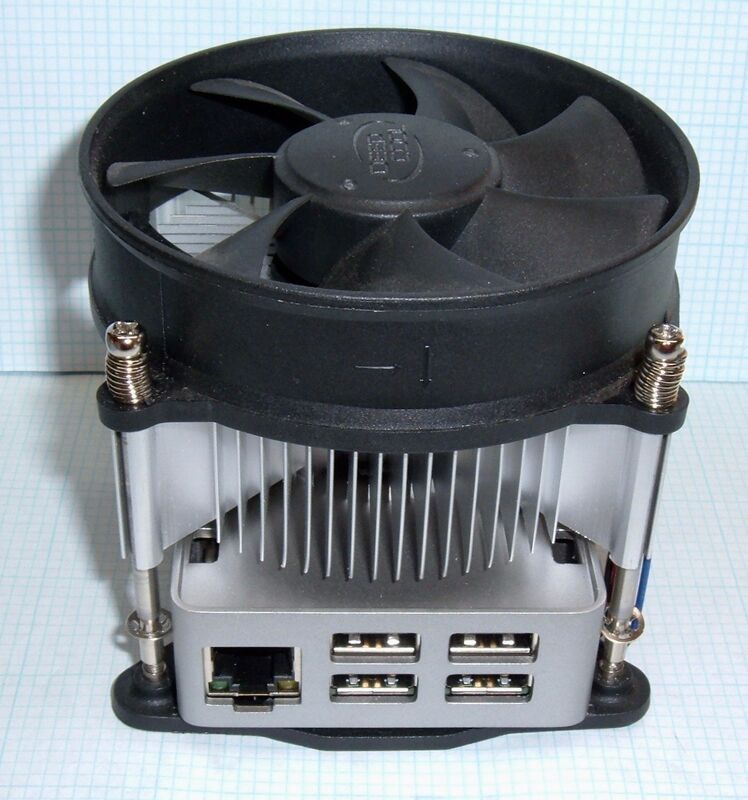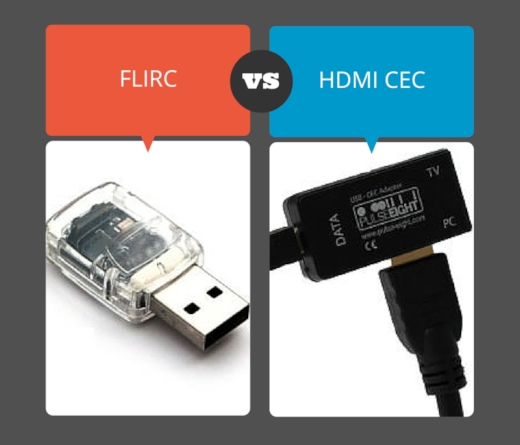

- Flirc vs argon neo how to#
- Flirc vs argon neo mac os#
- Flirc vs argon neo plus#
- Flirc vs argon neo windows#
Now, there are two basic options – getting a USB webcam or getting a Raspberry Pi camera module. So that’s all the hardware that you actually need to get Octoprint running, all linked in the description below, but really, if you’re setting up OctoPrint, you probably want a webcam feed, too. I mean, get something halfway decent and you’re fine, really.
Flirc vs argon neo plus#
I’ve got a bunch of these Samsung Evo Plus cards from my cameras that work fine in a Pi as well, but any card that has an “A” rating for application performance, like A1 or A2, will work just fine as well. Lastly, to complete the set of parts for basic functionality, you need an SD card, any card works, but getting one that’s at least decently fast is going to speed up load times a lot. The Raspberry Pi itself can detect when there are issues with your power supply, and OctoPrint will in turn show you a warning when it does. So, again, I really like the cables from Anker, but if you have for example a spare USB power delivery charge cable from your laptop, that should work, as well. Speaking of USB cables, you’ll definitely need a decent one of those, the Pi 4 uses USB-C now, which is great, but many cables you get with gadgets and the likes are still too flimsy to provide stable power to the Pi. Just make sure to shut down the Pi through OctoPrint cleanly before you power off your printer. Or if you have a strong 5V supply in your printer, you can also hotwire that onto a USB cable. I’ve had great experiences with the chargers/supplies from Anker, this basic dual- or triple-output one works perfectly. However, in either case, it should be one with ample power, so your 1A charger you got from Apple is not going to work. Though from a technical standpoint, there’s not really any difference between what they do, and especially after the 4, the Pis have also gotten much better power stages on them as well, so they’re not that finicky about the power supply you’re using anymore.
Flirc vs argon neo windows#
I’m looking at you, Windows 10.īut for a Raspberry Pi, you’re also going to need a USB power supply, the recommendation is to not use a “charger”, but instead something that’s actually labeled a USB power supply.
Flirc vs argon neo mac os#
Alternatively, you can also run OctoPrint on a Windows, Linux or Mac OS machine that you already have – as long as that’s not going to reboot in the middle of your prints someday.

I’m using a Pi 4 with 2GB of RAM, and while OctoPrint can run on almost any Raspberry Pi ever made, you should stick to a Pi 3 and up for the best experience. First of all, you’re going to need a Raspberry Pi. So let’s start out with the hardware needed. So today I’m going to walk you through the setup process on a Raspberry Pi, go over the hardware you need and I’m going to share some of my favorite plugins for Octoprint. There are plugins now that do everything from AI print watching over sending status infos over your favorite messenger to timelapse tools.

Because the thing is, Octoprint is so much more than just a way to start and check in on prints remotely: It’s turning more and more into a full-on 3D printer operating system. One of the most versatile pieces of tech for 3D printing is Octoprint – it’s a little webserver that runs on a Raspberry Pi and lets you remote-control a 3D printer from your computer.

Flirc vs argon neo how to#
OctoPrint is a fantastic way to remote-control your 3D printer – and it’s even more versatile than ever thanks to its built-in plugin system! In this video, I show you how to set up OctoPrint and which plugins are worth checking out.


 0 kommentar(er)
0 kommentar(er)
